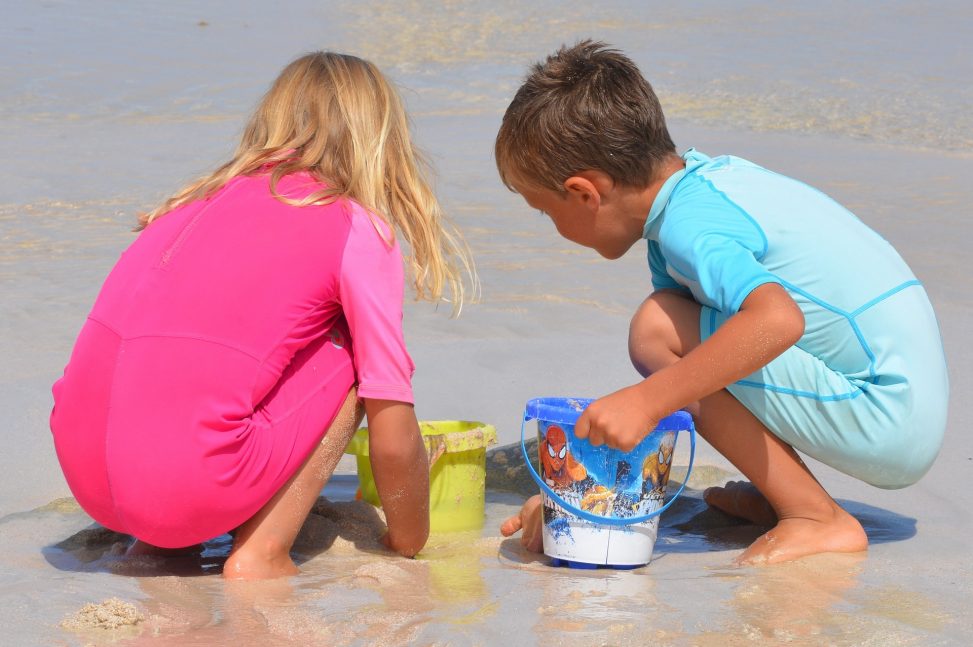Fun ways to teach etiquette to young children
- June 26, 2018
 Social, Youth
Social, Youth As parent or guardian, you are the first person to teach your children. Children observe your actions, so word alone is not enough when educating them and as the early years are the most significant of their life, it is the best time to instil moral values that will help them contribute positively to society, as adults.
Home is the place where you start to teach etiquette and manners to your children. School supports your work but it does not take over. With this in mind, parents and guardians play a crucial role in providing them with a strong foundation to help them develop confidence and social skills for later in life.
So how can we teach etiquette in a fun way to young children?
Play, play and play
Children need to be stimulated and love play. So use your creativity and make things fun! If you are playing a board game, teach them the value of winning and losing. Before the game starts, you can ask them to shake hands as a form of good sportsmanship. And the hardest bit – to teach them to shake hands after a game when they lose. In this case, show them how proud you are of their behaviour and of course, do so yourself too if you lose.
Sharing
One of the best ways to help children understand the concept of sharing is by doing so yourself with them. Try keeping a few toys yourself and actually giving a couple to your child specifically saying that you are glad to share them. Then, ask them to do the same. This is not an easy concept for young children to understand so patience is key. If you’re at the beach and bring out the beach toys, you are sure to find youself in a situation where another child is longingly looking to play too. So try to teach sharing from an early age from home. Also, do allow a few toys which your child chooses not to share. Those should be kept home.
A reward card
Design one or simply download a free template. Depending on the age of the child, you may opt to print a black and white one so you may colour it in together. Keep it visible on the fridge, on a cupboard door, on a corkboard – wherever you can as long as your child can see it and see his/her progress. Children love stickers so buy a few and allow them to stick them themselves when you praise them for doing a good job. Here is a site where you can download free reward charts. https://www.rewardcharts4kids.com/reward-charts-by-character/
At the table
Find the time to sit down near your child and when they learn how to hold their cutlery well, use the reward card. The same goes for holding a beaker or tumbler. How they transfer food and how capable they are of chewing with their mouth closed. Bring in some humour and show them that the food will fall back on the plate if the fork and knife are not held properly. Positive reinforcement works wonders even with young ones. Show them how proud you are. Children will see it in your eyes.
Please and thank you
Show your child photos of different food dishes and point to each asking whether they like it or not. They need to answer “yes please” and “no thank you” to get their sticker or bonus point on the reward card. I didn’t mention it above, but when the reward card is full, a little surprise is needed. But don’t worry about that, you’ll be reminded for sure!
Enjoyed reading this post? Join us for more insights here or fill in the form on the right hand side of the screen.
This was a blog post written for www.indulge.com.mt.





